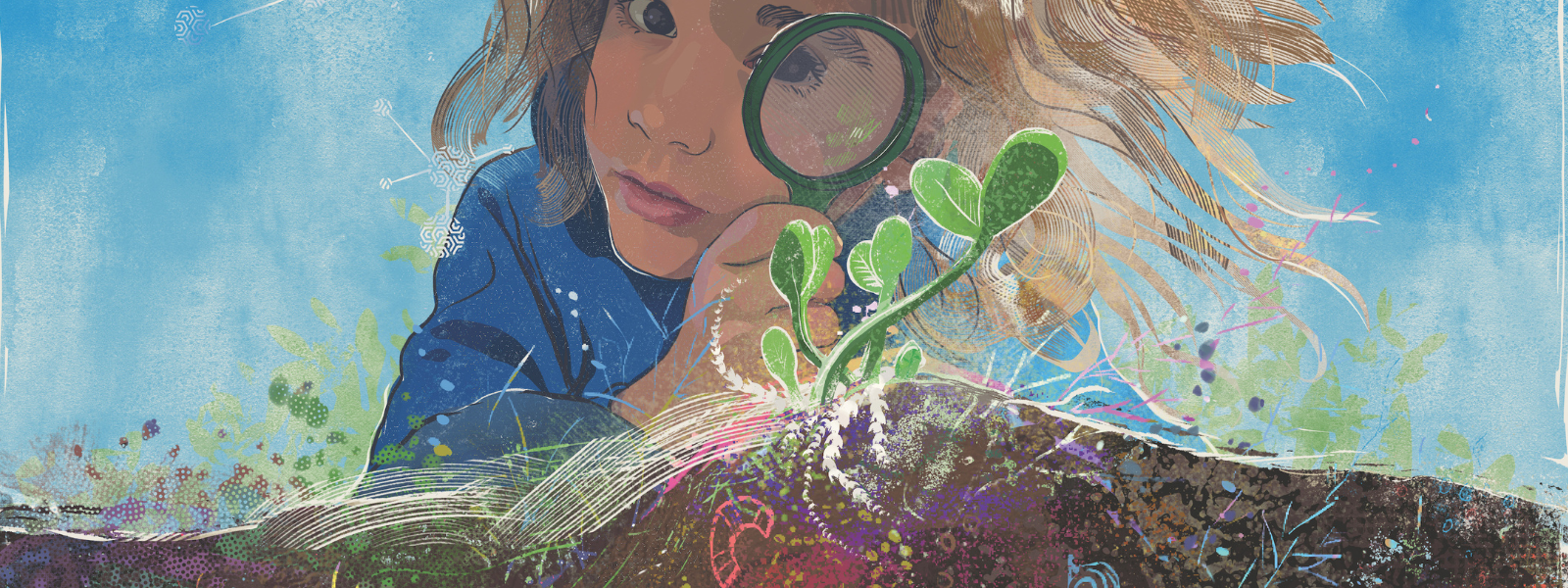Winter Sowing: Get Excited for Spring!
As part of the Farm’s Annual & Perennial Department’s transition to more ecological approaches, and our commitment to offering more native plant choices, we started winter sowing at the farm for the first time this January!
What is winter sowing?
Winter sowing is a technique that allows nature to do what it does best: start seeds at the time that is right for each species. Left outside to experience natural cycles of wind, rain, snow, frost and temperature swings, most plants will remain dormant until just the right conditions exist to germinate.
How does it work?
Winter sowing, especially of native plants, allows many plants to experience cold stratification (the process of exposing seeds to cold and moist conditions to encourage germination), which some species actually require to jumpstart the growing process. Many native perennials need up to 60 days of below freezing temperatures to break dormancy and “wake up” to start growing in the spring.
Hardy perennials can be sown as soon as the temperatures are consistently below freezing—for Vermont growers, that generally falls around the winter solstice. Less hardy plants, including vegetables and annual flowers, can also be started this way, although a bit later, in March (note: it depends on the plant, so make sure to do your research!).
For the farmer or home gardener, the process is simple: place seeds in pots and flats, and put them directly outside. Many types of containers (pots, flats, tubs, etc.) are used for this process, along with good quality, well-drained potting soil.
A few benefits of winter sowing (for us!)
- Spreading out the workload by allowing us to seed perennials in the winter. Otherwise, we would be seeding annuals and perennials at the same time in the spring, when it is super busy!
- Creating rugged plant starts that transition well into the garden and often outperform greenhouse grown seedlings. Exposing the young seedlings to natural light conditions, rain, snowfall, wind, and freeze-thaw cycles helps them grow strong and healthy. This ensures a higher success rate when you transplant them in your garden!
- Reducing the amount of indoor space needed to start seedlings allows us to limit our consumption of fossil fuels (heating the greenhouses) and leaves space for us to grow more sensitive plants indoors.
Are there drawbacks?
- Pests! Seeds are food for many creatures, especially in the winter, so predation by rodents and by birds (in the spring) can be an issue.
- Freeze-thaw cycles or false springs may encourage seedlings to get a head start on growing, only to leave them exposed to below freezing temperatures.
- Labeling! Keeping a good labeling system can be challenging when plants are outside all winter, moved around a few times, and/or exposed to weather. Finding a system that works for you is important. We used pencil on plant tags and hope the will tags stay in place!
For these reasons and others, overseeding (putting many seeds in a pot) is recommended when using this process. It’s also important to keep your expectations realistic because not every seed will succeed. The ones that do, however, will be strong and well-adapted to our climate!
Read More
Winter sowing is a very beginner-friendly process, and there are many great resources if you are inspired to try it out!
Winter Sowing for a Head Start on Spring Gardening (The Spruce)
Winter Seeding - A Shortcut to Spring? (UNH Extension)
Starting Seeds in Winter (Penn State Extension)
Native Seeds of Fortitude: Winter Seed Sowing (Cornell Cooperative Extension Putnam County)







